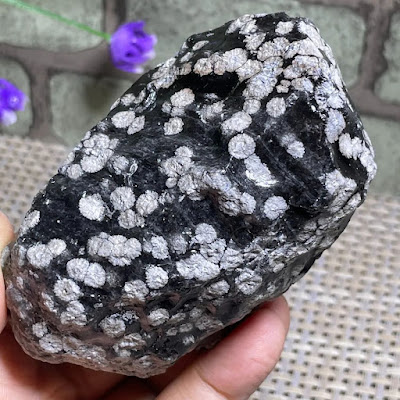There was a recent paper in Science Advances that’s gotten a lot of press lately. It discusses the possible collapse of the Atlantic meridional overturning circulation (AMOC) due to warming from climate change. This is not a new idea, here’s a July 2023 paper in Nature Communications saying the same thing (and forecasting a timeline between 2025 and the end of the century).
Basically, colder and more saline ocean water is more dense than warmer and less saline ocean water and these density differences lead to the development of areas of sinking water which drive deep currents (called thermohaline currents). These thermohaline currents are effectively mixing oceanic waters around the globe and hugely important in global climate.
In the AMOC, the Gulf Stream and North Atlantic Current bring warmer waters from the equatorial regions northward. At higher latitudes, this now colder water sinks down to drive deep thermohaline currents circulating water back south. If global temperatures continue to warm, the melting Greenland ice cap will dump enough freshwater into the North Atlantic to potentially disrupt the AMOC. This will have profound climatic implications for all of us.
Geologists, who have a longer view of things, know that the AMOC hasn’t always existed and there have been times during the last ice age when it has repeatedly collapsed and restarted. One of those times it collapsed may be tied to events right here in the Hudson Valley.
Some papers have suggested that a time known as the Intra-Allerød cold period that began around 13,360 years before present (B.P.) was due to temporary collapse of the AMOC. As the mighty continental glaciers melted back into Canada around 13,400 B.P., large amounts of meltwater were flowing south down through the Hudson Valley. Glacial moraines (ridges of glacial sediment called till) formed dams down by the Hudson Highlands formed a large freshwater lake called Lake Albany. Lake Albany was over 150 miles long and over 200 feet deep in places.
Also dammed up was what’s now Lake Ontario. It was much larger at this time and called Lake Iroquois (misspelled in the diagram below). Eventually Lake Iroquois broke through the dam and massive amounts of meltwater raced down the Hudson Valley and into the Atlantic Ocean (the whole story is a bit more complicated but you get the picture). There is evidence for this event both in the sediments of the Hudson Valley as well as features on the continental shelf seafloor out from the mouth of the Hudson River.
The hypothesis is that this massive influx of freshwater disrupted the AMOC and led to a cooling period known in paleoclimatology as the Intra-Allerød cold period. It’s not fully accepted due to difficulties in getting exact dates and correlations for events occurring thousands of year ago, but certainly an intriguing hypothesis and perhaps indicative of events going on in the present day with the Greenland ice cap.
It also shows how the study of geology can help us understand events occurring in the modern day.















